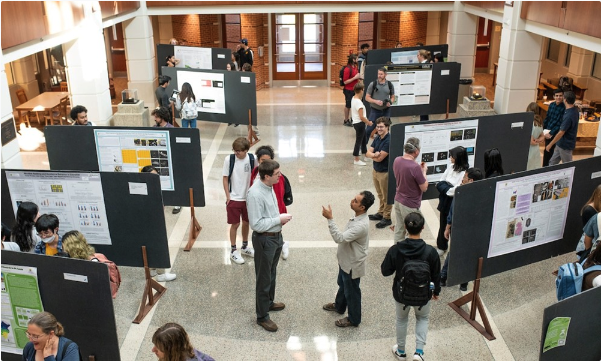Date of Award
5-2023
Document Type
Thesis
First Advisor
Caitlin Howlett Ph.D.
Second Advisor
Christine White Ph.D.
Third Advisor
Thomas Kneeland-Johnson
Abstract
Education systems are currently facing an issue not of illiteracy, but aliteracy due to their emphasis on easily measured and taught content that ultimately removes much of what makes reading relatable and personally rewarding to students. Common Core State Standards, Accelerated Reader, and Hooked on Phonics are examples of measurement heavy programs which emphasize a standardized education that removes the art and connection that comes with literature. Before these programs, visuals have been intertwined with literature in various forms for centuries. Theater, the film, or even architecture has an important ability to create an immersive experience which connects its viewers to the content. Reading motivation is largely hinged upon this immersive experience as internal motivations such as emotional/personal connections/curiosity are better indicators of whether students will actually read both assigned and unassigned texts. Images also make it easier to understand the content of the reading as we are inherently more fluent in reading images due to seeing them more frequently. Due to this fluency, less effort is required to pull meaning from a text with images than a text without and readers may find they need less motivation to get through. Previous studies have shown that not only do children better understand and remember texts with images, but these trends are consistent throughout many grade levels. By reinserting images into commonplace texts, educators may find an increase in reading motivation as the visual stimulation is not only more similar to what students are used to and therefore more relatable, but it can also help bridge any gaps in reading comprehension.
Recommended Citation
McCuaig, Anna '23, "Visual Literacy and Reading Motivation Understanding the Impact of Illustrations and Images on an Individual’s Engagement with Text" (2023). Honor Scholar Theses. 215, Scholarly and Creative Work from DePauw University.
https://scholarship.depauw.edu/studentresearch/215


